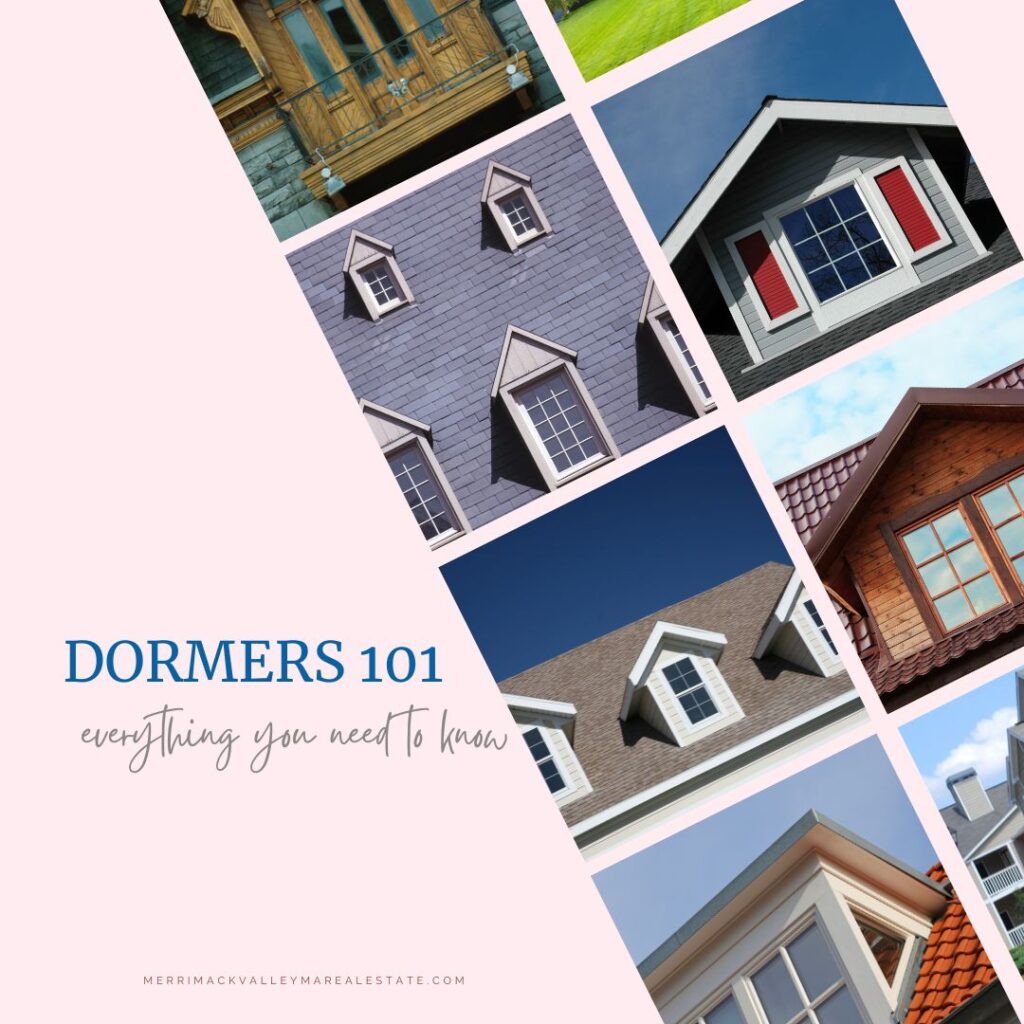
There are few people – especially among those who read real estate articles – who haven’t heard of curb appeal. First impressions matter and the outside of your home will have a huge impact on its value. Not only that but coming home to a beautiful front yard can really improve your mood.
Many elements go into curb appeal, from the paint job to the garage door, from the lawn to the roof. Amidst it all, though, the driveway and the path to your front door often get overlooked. But there’s no reason to neglect them. Just because they are functional doesn’t mean they can’t be beautiful as well. And stamped concrete is a fantastic material to enhance that beauty. But it also preserves all the functionality you need in these surfaces.
What Is Stamped Concrete
I imagine that “beauty” isn’t the first thing that comes to mind when you think of concrete. Instead, durability or stability might be more common adjectives for it. As far as looks, drab and boring might seem more appropriate. However, it doesn’t have to be that way. Stamped concrete provides all the positives of concrete but with an amazing appearance.
To install stamped concrete, regular concrete is prepared but a base coloring is added to it. Some contractors add the color while mixing the concrete, although it can also be added once the concrete but before it dries. The latter can create a richer and consistent effect.
While the concrete is still wet, the contractor uses stamps to impress a pattern into it. This creates a textured surface. Secondary colors and shading are added to create a realistic appearance.

A huge variety of stamps have been developed over the decades. This means you can opt for your concrete to look like cobblestone, brick, quarried stone, or other natural stone surfaces. There are even patterns that look like wood planks! And with an assortment of dyes, you can also find a color that will match your architecture.
You end up with all the benefits of concrete but all the beauty of these other surfaces. It’s also easy to maintain – it can be swept or hosed off. You only need to reseal it every two to three years. And it will hold up for a quarter of a century or longer with this basic care.
Preserving A Historic Look
New England was the location of so many important events in the history of the United States. Many areas still reflect that rich history, particularly through architecture. Sometimes preserving that look is difficult, though, because of cost or lack of materials. Using stamped concrete can help preserve that colonial look, though.
Cobblestone was common in both Europe and the colonies before the advent of the car. In some historic zones, it’s preserved to this day. While it looks great, though, it’s expensive. Also, the stones tend to work loose over time and become a tripping hazard.
With stamped concrete, though, it’s easy to recreate this great look in front of your home. You can choose the staggered row look that’s more common. Or opt for the more artistic fan effect that was used by skilled artisans in many places in the Old World.

For a different style, though, you might want to draw on the influence of brick construction. A brick design for your driveway can connect it to brick elements of your house. Whether the whole structure is brick or only has a chimney, connecting the driveway to that design helps create a unified look for your property.
But if you want a more simple or even rustic look, you may want to choose a pattern that looks like hewn, or quarried, stone. This design reflects natural stone that’s hand-carved and fitted together according to its natural shape.
With hewn stone, there are no squared edges. Instead, the random lines that form the edge of the stone are fit together and joined with mortar. Stamped concrete can imitate this look and make your drive and entry area seem relaxed and homey.
Another alternative is imitating wood. While you can use it for any hard surface, my own preference is for a walkway and landing by the front door and for a porch. Hang a porch swing and you’ll have a real “Americana” feel!
More Modern Looks
On the other hand, we know that celebrating our history doesn’t mean we have to be stuck there. Modern styles of architecture are different and have their own beauty. And stamped concrete can also offer great designs to complement it.
Natural stone is always a favorite, but more recent years have seen it shaped into geometric shapes. One great design consists of larger square tiles of nine inches or a foot across. It’s a wonderful alternative to a boring, unadorned stretch of hard material!

Smaller tiles are also duplicated with stamped concrete. Both running bond and stacked bonds patterns are popular. Both of these look like square tiles. The difference is in how they are arranged.
Stacked bond refers to rows that are offset from each other by half the width of a tile. That is, they are arranged the way bricks or cinder block is typically set in building to give more stability. Each new row has its tiles resting on top of two tiles in the row below.
Running bond, on the other hand, has its tiles directly on top of each other, creating lines that run straight from end to end and side to side. It has a clean and crisp feel to it that is reflective of buildings of today.
It’s Great In The Backyard Too
Even though we’ve focused on curb appeal up until now, there’s no reason not to choose stamped concrete for your backyard too.
Whether it’s for a garden path, a patio, or the floor of an outdoor kitchen, it can help you enjoy your yard even more. It even makes a great pool deck!
Conclusion
Concrete doesn’t have to be drab. You can enjoy the benefits of its long lifetime and stability – not to mention its lower price point – and yet still enjoy the great looks of other materials. Whether you’re starting out in a new home or trying to give your current one a facelift, it’s worth incorporating stamped concrete into your plans!
Other Resources:
- Chris Highland 10 Steps to Better Curb Appeal
- Lynn Pineda Curb Appeal Checklist
- Xavier De Buck 4 Improvement That May Not Increase Value
- Bill Gassett Prepare to Sell Your Home
Biography
Bill Michaels works for Patterned Concrete. Since 1972, they’ve been a leader in the stamped concrete industry. From its roots in the Toronto area, it’s grown to have franchises across North America. If you’re a contractor interested in becoming part of our family, get in touch through our website!




